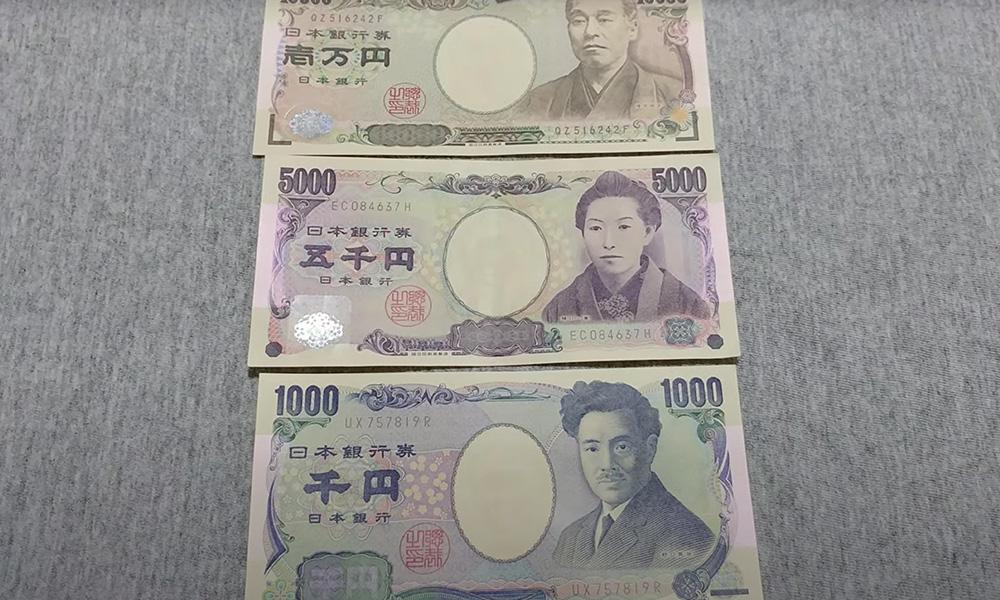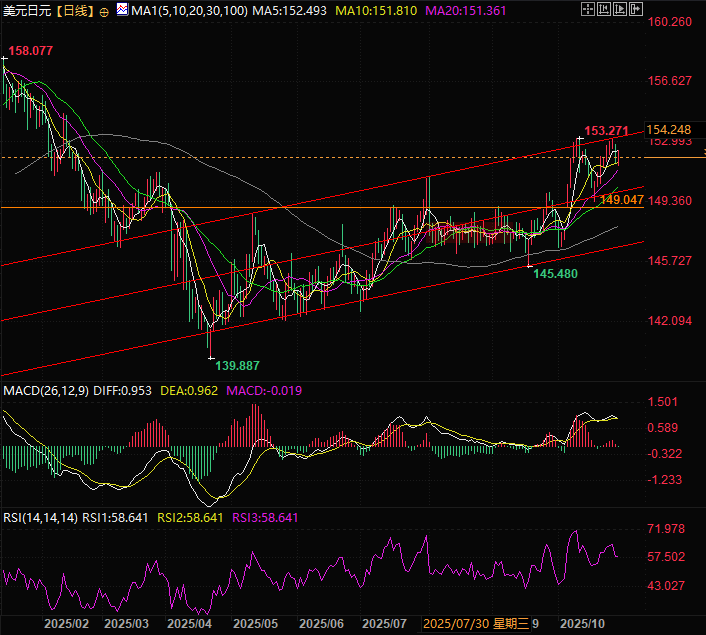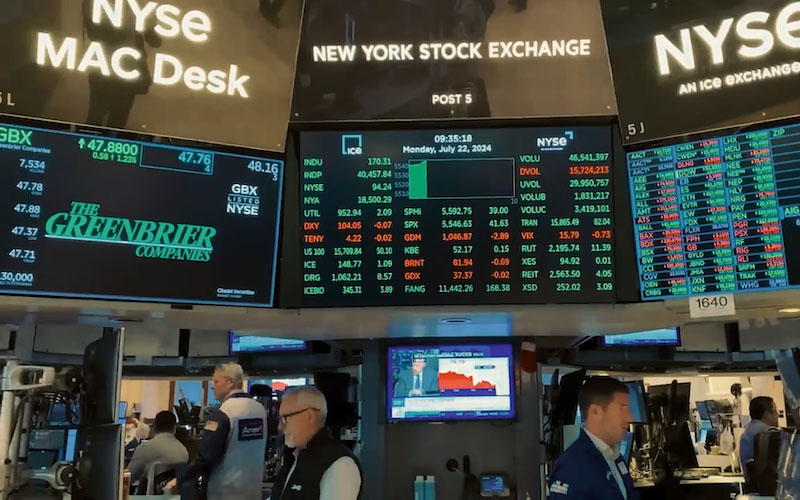Internal strife within the Japanese government and divisions within the central bank: the final test for bulls and bears will be tonight.
2025-10-29 16:12:44

High-market trading was affected by US political interference, causing wide fluctuations in the exchange rate.
With Sanae Takaichi taking office, a new trading logic quickly emerged in the financial markets – “Takaichi trading.” Its core is the expectation that the new government will restart a combination of large-scale fiscal stimulus and ultra-loose monetary policy, which is seen as a continuation of former Prime Minister Shinzo Abe’s “Abenomics.”
Japan's new Prime Minister Sanae Takaichi unveiled an aggressive fiscal spending plan, leading the market to anticipate that the Bank of Japan might postpone its early monetary tightening, thus limiting any potential for substantial appreciation of the yen. Furthermore, rising optimism regarding US-China trade relations has become another factor weakening demand for traditional safe-haven assets like the yen. Ahead of the key Federal Open Market Committee (FOMC) decision, the market is adjusting positions, resulting in wide price fluctuations.
In addition, supportive comments from U.S. Treasury Secretary Scott Bessenter, coupled with market expectations of an imminent interest rate hike by the Bank of Japan, helped limit the yen's downside potential.
In addition, the high-profile meeting between US President Donald Trump and Japanese Prime Minister Sanae Takaichi may provide a boost to the yen.
Traders may also choose to wait for the Federal Open Market Committee (FOMC) to announce the results of its policy meeting early Wednesday morning – followed by the Bank of Japan's latest monetary policy decision on Thursday.
Japanese officials have called for appreciation to limit further depreciation of the yen.
Japanese Economy, Trade and Industry Minister Toshimitsu Kiuchi's remarks on Tuesday have reignited market concerns that the Japanese government may intervene to curb further weakening of the yen.
This also exposes potential divisions within the Japanese government regarding the exchange rate issue. The Prime Minister's Office may prefer a weaker yen to boost export profits and overall economic growth, thereby gaining political and business support. However, the Ministry of Finance (MoF) is more concerned with exchange rate stability and import costs.
A weaker yen has pushed up the prices of imported energy and food, exacerbating inflationary pressures, which is highly unpopular among ordinary people, especially given that inflation is already above the central bank's target. The Ministry of Finance's verbal intervention reflects this internal tension, limiting the upside potential of the dollar against the yen under the threat of actual foreign exchange intervention.
The Federal Reserve's economic resilience and lack of data
In recent weeks, the number of initial jobless claims in the United States has continued to fall short of market expectations. For example, the number of initial jobless claims in the third week of September was 218,000, significantly lower than the market consensus of 235,000, marking a two-month low.
He emphasized that a strong economy and labor market give the Federal Reserve "room for caution" in determining the future path of interest rates. This means that the Fed is not in a hurry to start a rate-cutting cycle until clear and sustained signs of economic weakness emerge.
Ironically, even though the US data did not show a significant deterioration, there were still dovish voices within the Federal Reserve. The CPI fell short of expectations, but the sub-items showed that US inflation had not slowed down, which confirmed that the data did not support a rate cut. However, it seemed that if the Federal Reserve did not take any action, it would likely trigger investor panic, leading to a stock market crash, a surge in Treasury yields, and possibly even triggering the financial crisis that the Federal Reserve was trying to avoid.
Poll Reveals the Timing of the Bank of Japan's Interest Rate Hike: Economists' Expectations and Policy Direction
Despite Sanae Takaichi's inclination towards an easing policy, economists believe the Bank of Japan will maintain its policy independence. A survey indicates that even with Takaichi's election victory, two-thirds of economists still believe the Bank of Japan will not postpone interest rate hikes. The survey also revealed the following key findings:
Of the 75 economists surveyed, 45 (60%) expect the Bank of Japan to raise interest rates by 25 basis points in the fourth quarter, bringing the rate to 0.75%. Of the 67 economists surveyed, 64 (96%) predict that borrowing costs will rise to at least 0.75% by March 2026. Among 35 specific economists surveyed, 46% support a rate hike in January, 31% favor a rate hike in December, and only 14% believe that October is a suitable time to adjust interest rates.
The market currently expects the Bank of Japan to raise interest rates and the Federal Reserve to cut interest rates. This difference in monetary policy is expected to narrow the interest rate differential between the US and Japan, thereby providing support for the yen.
Internal divisions within the Bank of Japan
Amidst shifting political landscapes, policy debates within the Bank of Japan are becoming increasingly public. Disagreements among committee members regarding the future path of monetary policy are becoming more pronounced. The core of the debate focuses on how to interpret current inflation data and the appropriate timing for policy normalization.
The core figure in the hawkish camp is committee member Hajime Takata. On October 20, he again publicly called for an interest rate hike, stating that "now is an excellent window of opportunity to raise policy rates," and emphasizing that Japan is close to its price stability target. This clearly hawkish stance directly challenges the new government's dovish tendencies, and also reflects the concerns of some policymakers within the central bank about the persistence of inflation.
In contrast, the cautious faction, led by Governor Kazuo Ueda, advocates for a more prudent strategy.
Governor Ueda has repeatedly emphasized that whether or not interest rates will be raised in October depends entirely on subsequent economic data and whether his confidence in achieving inflation and growth expectations strengthens. With Japan's core consumer price index rising 2.9% year-on-year in September, higher than the previous month's 2.7%, expectations for a short-term interest rate hike have continued.
Deputy Governor Seiichi Shimizu expressed a similar view, pointing out that given Japan's long-term low-interest-rate or even zero-interest-rate environment, the market response to the normalization of monetary policy is highly "uncertain."
Technical Analysis:
This week, the USD/JPY pair encountered resistance and fell back near the 153.25-153.30 range (where the monthly high intersects with the upper trendline of the ascending channel). This is forming a preliminary double top pattern on the daily chart, which is a bearish pattern.
Nevertheless, the oscillators on the daily chart remain in positive territory, suggesting that if the exchange rate falls further, it may find support around the 150.70-151.10 range. However, if the exchange rate clearly breaks below the 151.00 level, it is expected to further test the psychological level of 150.00, with initial support possibly around the 150.45 range.
On the other hand, if the exchange rate breaks through the Asian and European session highs (around 152.54) and achieves a substantial rebound, it will likely attract new funds, and the gains may be limited near the 152.90-153.00 range. If the exchange rate continues to receive buying support after breaking through this range, and subsequently breaks through the 153.25-153.30 range, it will be considered a new breakout, and the USD/JPY pair is expected to reclaim the 154.00 level. At that time, the upward trend may continue further, advancing towards the next key resistance level near the middle of the 154.00 range, and then potentially challenging the 154.75-154.80 range and the psychological level of 155.00.

(USD/JPY daily chart, source: FX678)
At 16:07 Beijing time, the USD/JPY exchange rate is currently at 152.16/17.
- Risk Warning and Disclaimer
- The market involves risk, and trading may not be suitable for all investors. This article is for reference only and does not constitute personal investment advice, nor does it take into account certain users’ specific investment objectives, financial situation, or other needs. Any investment decisions made based on this information are at your own risk.





















